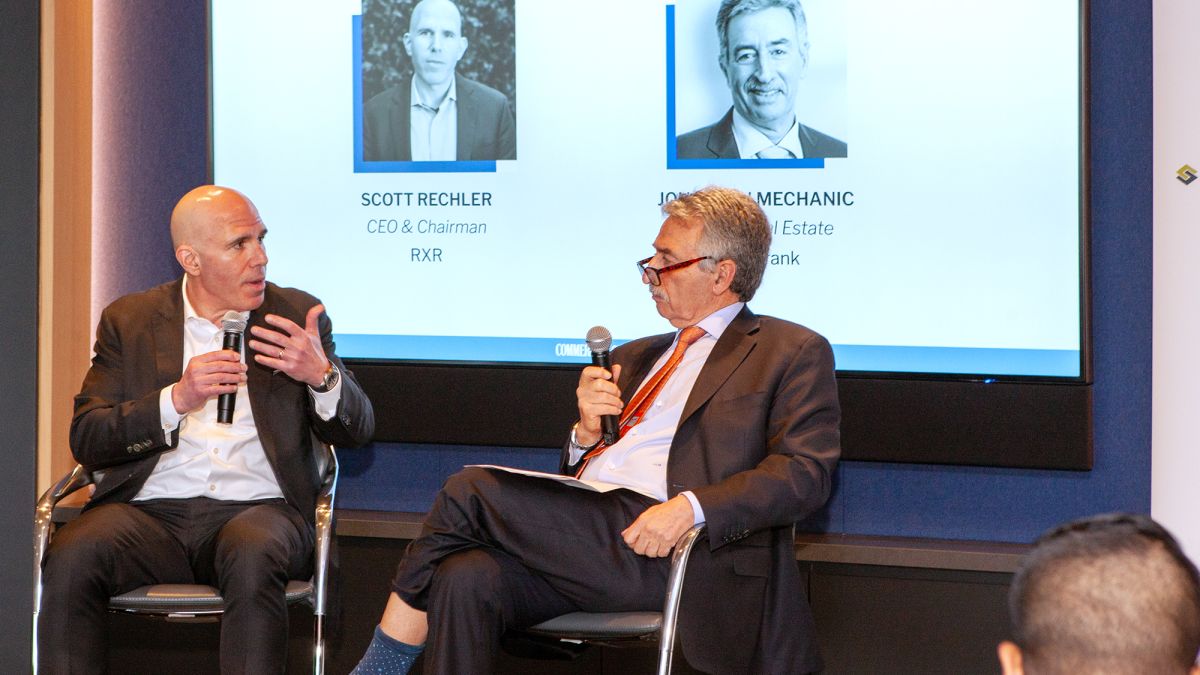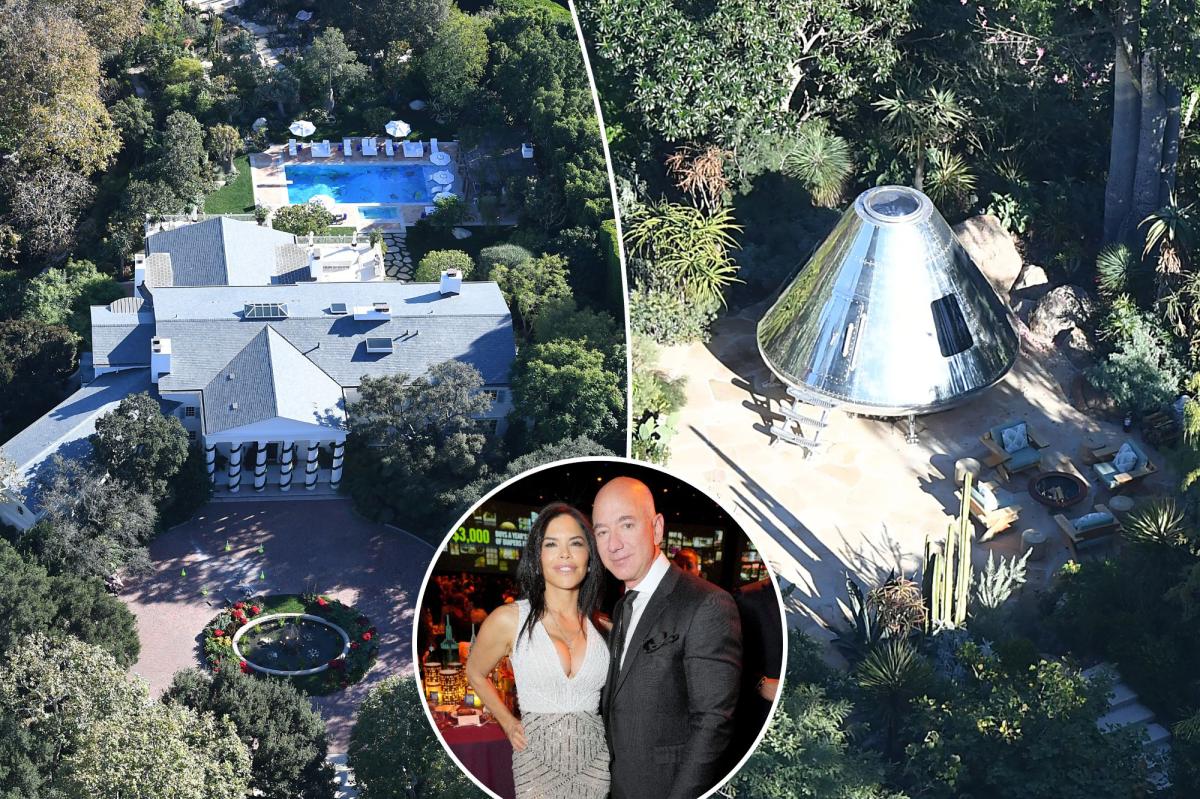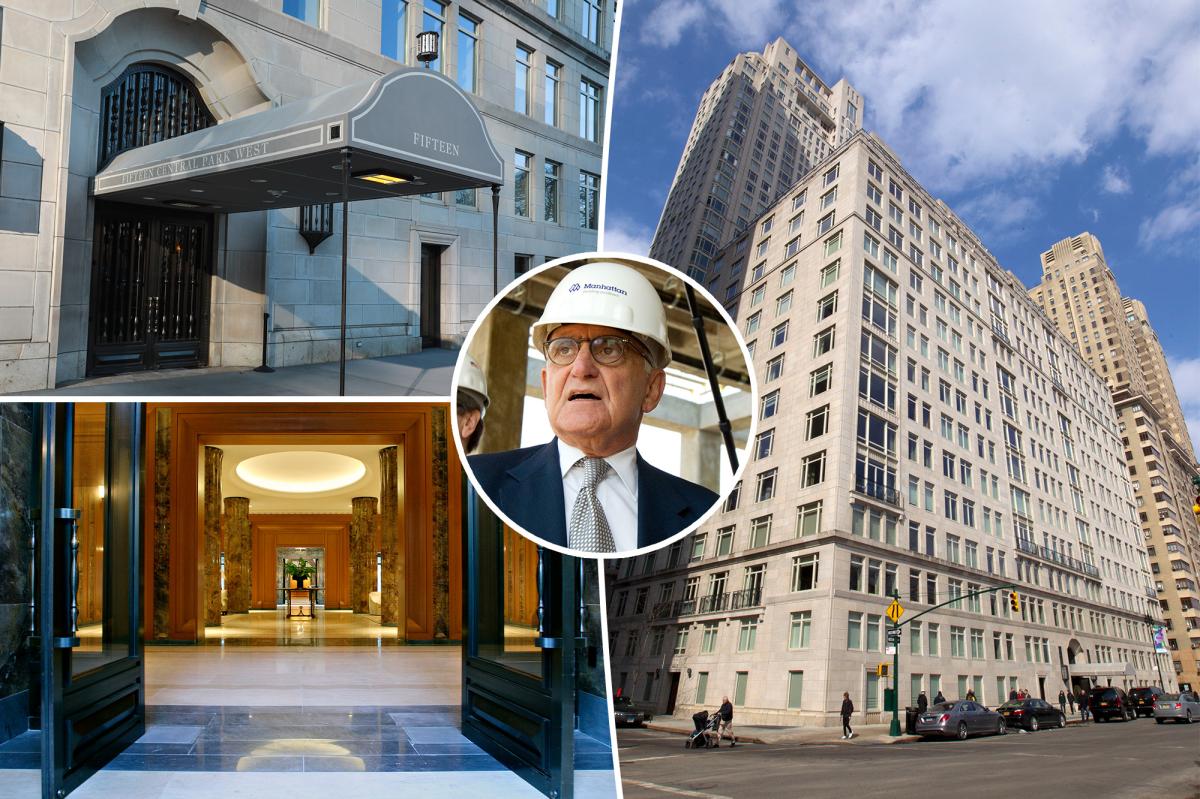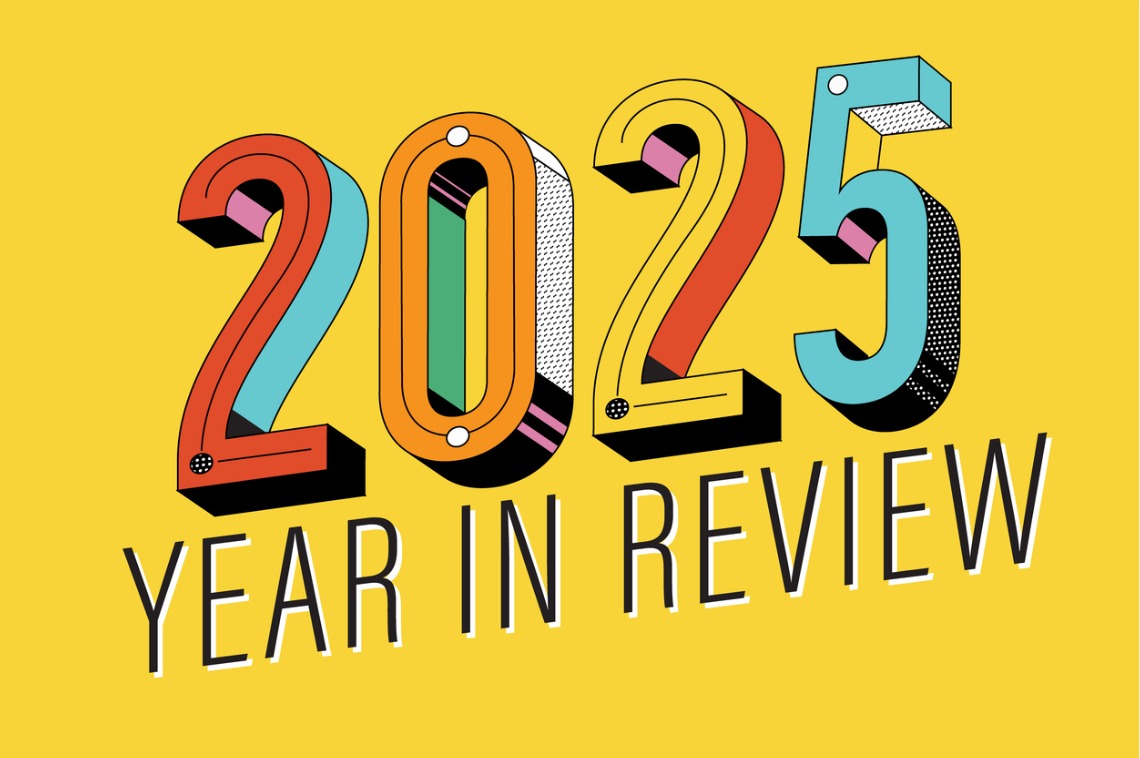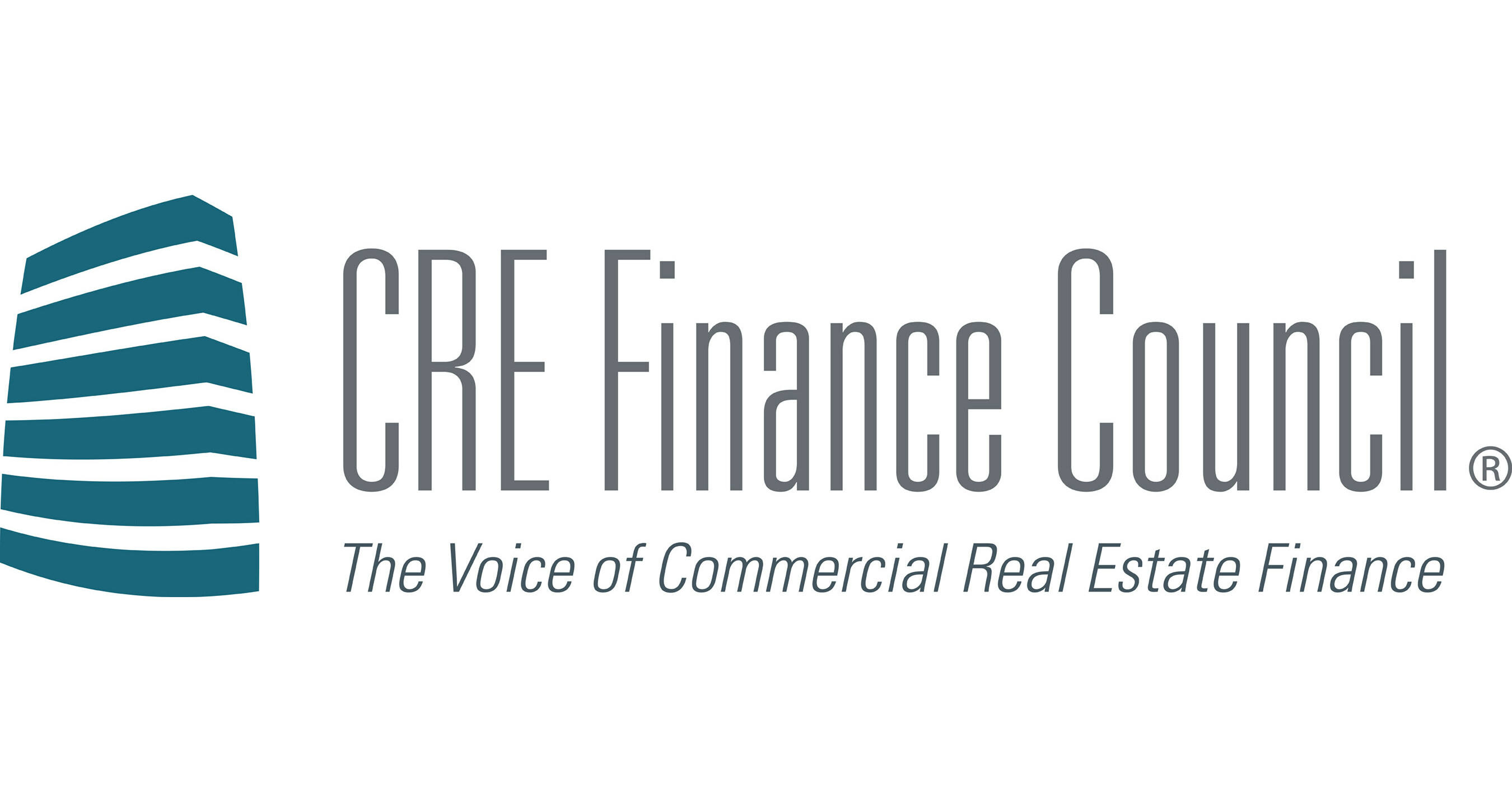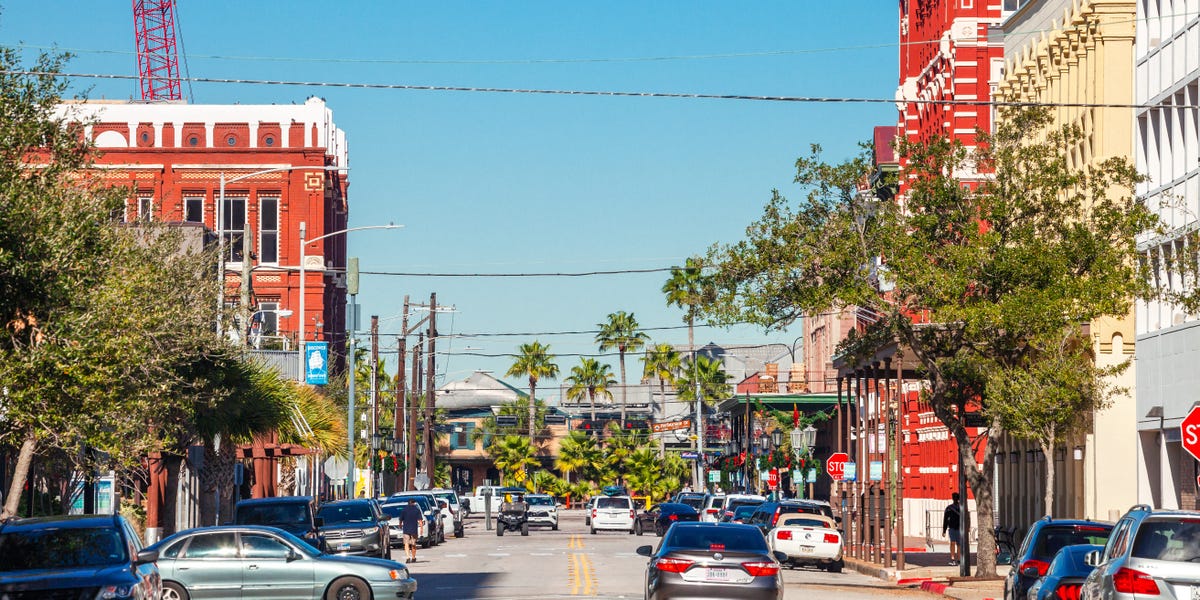A
s Federal Reserve Chair Jerome Powell navigates the final year of his term, he faces uncharted economic waters that could have a lasting impact on the commercial real estate market. President Donald Trump's tariff announcement in April has added to the uncertainty, with Powell trying to balance the central bank's response to inflation and slowing growth.
Powell's decision to raise interest rates aggressively in 2022 caused distress for many CRE properties, but he now has limited tools to combat rising prices and slower growth. Economists project a core tension between inflation and slowing growth, which will be difficult for the Fed to address.
The multifamily sector is more insulated from international trade issues due to strong supply and demand dynamics in many markets, according to Scott Waynebern of lender MF1. However, tariffs could reduce the forward supply of new rental housing assets, and persistently high rates have been a bigger catalyst for spurring a significant drop in new units.
Powell enacted 11 interest rate hikes between March 2022 and July 2023, but then paused for 14 months before shifting to three cuts totaling 100 basis points in late 2024. The Fed's decisions will be scrutinized as the economy navigates trade policy uncertainty, with some economists projecting a U.S. recession by summer due to supply chain shocks.
The continued uncertainty about tariffs has created "outsized volatility" in the market, according to Sam Chandan of New York University's Chen Institute for Global Real Estate Finance. The Fed must sustain public confidence in its decision-making process while navigating heightened political scrutiny.
Tariff-related challenges are expected to pressure CRE assets backed by commercial mortgage-backed securities (CMBS) loans, with industrial properties on the West Coast being particularly affected due to heavy exposure to goods from China and oversupply in markets like Southern California's Inland Empire.
